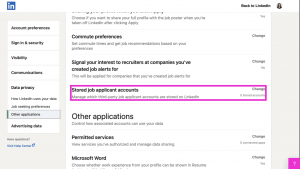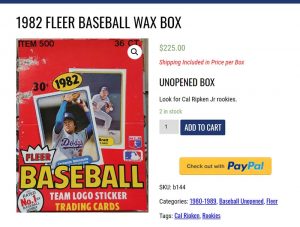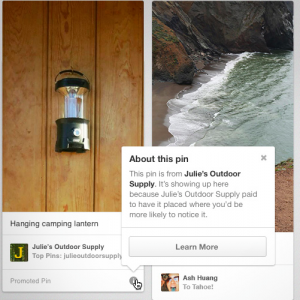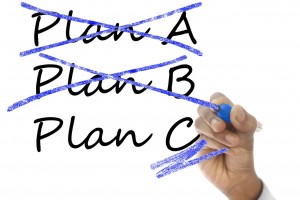— March 14, 2019
According to the World Trade Organization, 75% of all business transactions and purchases occur through indirect channels, which means that you likely have a partner program in place. You probably have a channel incentive program as a part of the broader partner initiative (including the marketing materials, MDFs, co-op fund availability, access to a PRM, and other activities or benefits).
A channel incentive program is a very specific part of a good partner program. But if this isn’t performing in the way you originally expected it to, there could be a number of factors at play. Here are some potential gaps that you could be overlooking.
You fail to set the appropriate goals in advance of program and/or promotion launch.
Simply declaring that the program should “increase sales” ain’t gonna cut it. It’s essential that you and all stakeholders understand the goals of the entire program prior to launch. Are you trying to build long-term loyalty with your channel partners through increasing “tier” or reward levels that incorporate more than just “sell X, get Y?”, or are you primarily interested in tactical exercises that will push a new or flagging product or product set by offering quick rewards for the sale of each?
Leveraging historical sales data from previous promotion, set quantifiable targets that will allow you to determine where the program is failing, or at least not performing the way it should. Some of those KPIs include:
- enrollment;
- login frequency;
- sales (by product or product set);
- sales (by region/company/individual);
- training completion; and
- any other metrics that can be evaluated and measured.
You should be able to track and analyze this data on a regular, if not real-time, basis so that you can pivot accordingly while the program is running.
You’re making participation difficult.
Functionally, you have to look at your program through the users’ eyes. To register for the program, do you require a form to be sent in to your headquarters, then manually approved by someone at your company, then processed, then approved weeks later? Does the program website (if you have one) include information for every promotion, even if the user isn’t qualified for it? Does your sales submission process take multiple steps? Set up an automated, or at least semi-automated process, behind the scenes when someone tries to register for the program by using dealer identification numbers, store names, and others as the qualifying criteria for registration. Host the program within a platform that takes participants directly to the areas in which they’re interested: the promotions for which they’re eligible, their rewards bank, and any communications you may be sharing. And you may not think that submitting sales claims via fax or snail mail is that tedious, but your users certainly might. Instead, let them upload scans or images of their invoices so that it automatically enters your sales validation process.
You set the bar too high with your promotions.
It’s one thing to earn $ 10 for every refrigerator one of your participants sells. It’s a whole other ballgame to tell them that they’ll earn $ 500 … but they have to sell 25 fridges before they will be eligible for the reward, or they have to be among the top 10% of all sellers to get it. The point of an incentive program is to encourage selling behaviors that actually increase the number of units sold. You can leverage something like a tiered structure to boost this: sell up to 10 units and you get $ 1 per unit, sell 11 to 20 units and you get $ 2 per unit, and so on. As with any consumer loyalty program, your channel incentive program participants will be motivated to sell more with the expectation of hitting a higher earnings level—and thus getting more for their efforts.
You don’t use segmentation.
All too often, companies with channel incentive programs launch promotions that target all participants in the same way. As anyone involved with sales already knows, the 20-60-20 rule comes into play (20% top sellers, 60% adequate sellers, and 20% “meh” sellers), yet so many companies continue to run their incentive programs on the premise of “top sellers get a trip to the Bahamas!” This, frankly, leaves 80% of the sales force in the lurch. Instead, try segmenting your audience when building out your program instead of going for the “umbrella” approach. Reward your top sellers for doing what they’re doing, of course, but try different approaches with the rest of your participants; for example, give rewards for improving sales on a quarterly or annual basis. This will motivate the middle and lower groups to sell more because they have an incentive to sell more without having to reach for the unreachable (i.e., matching or surpassing the regular top sellers). By targeting promotions at particular regions, stores, or even individual participants, you have far more control over the results of each promotions—and can pivot more quickly should each tested promotion not work as expected.
Business & Finance Articles on Business 2 Community
(81)
Report Post





